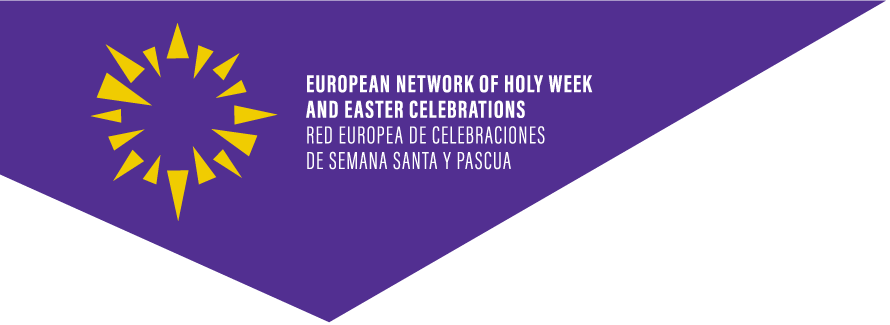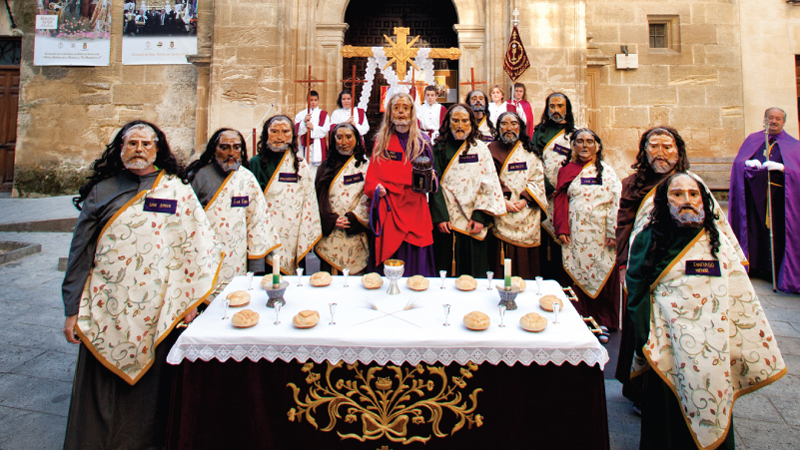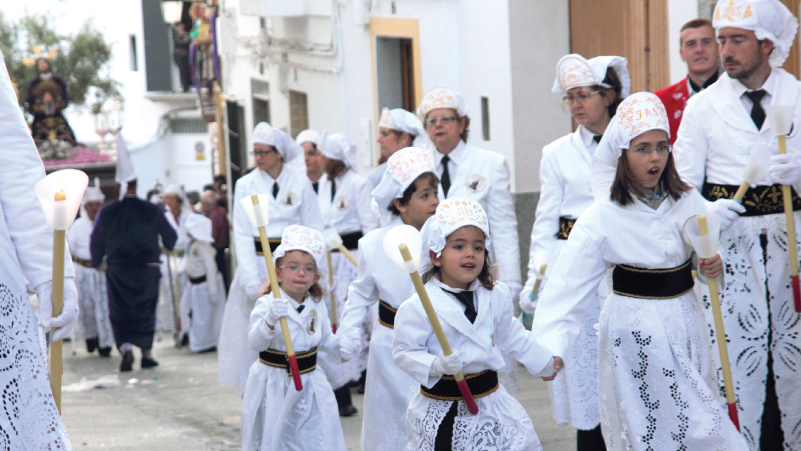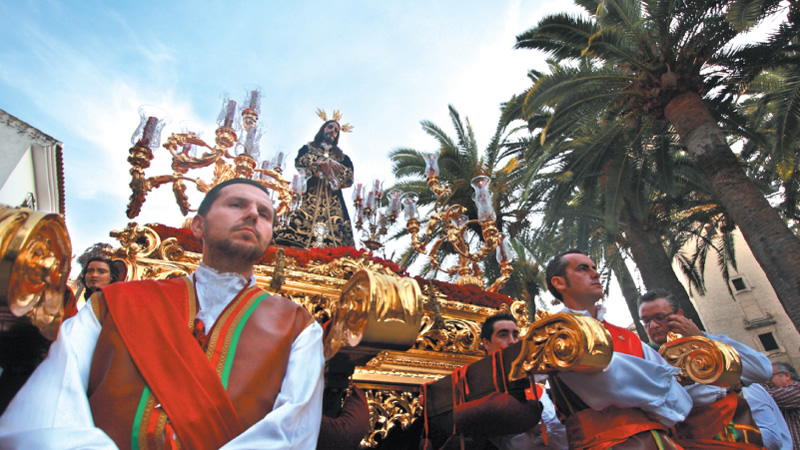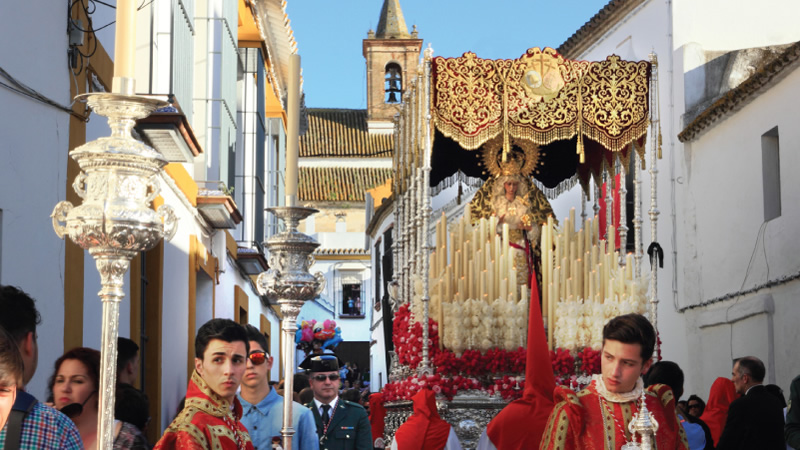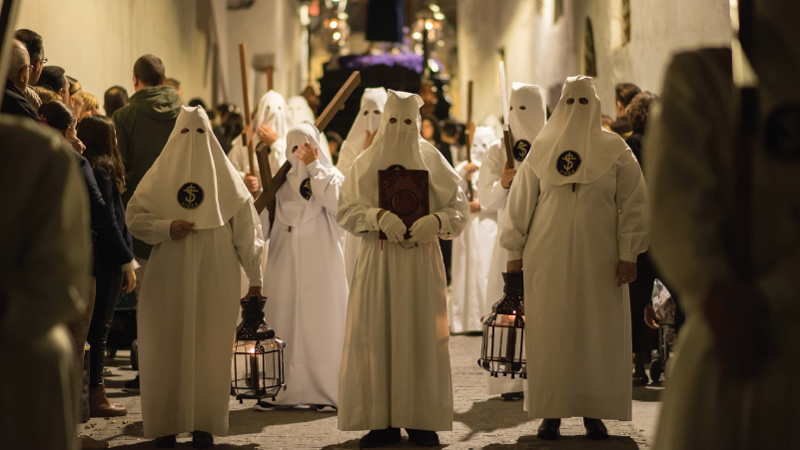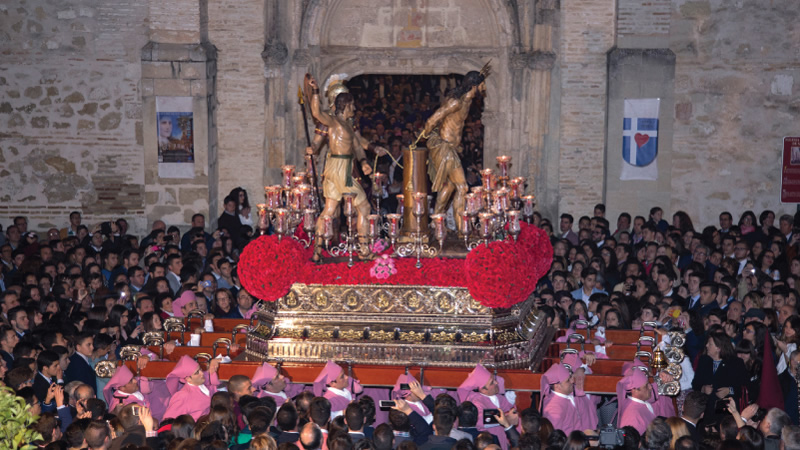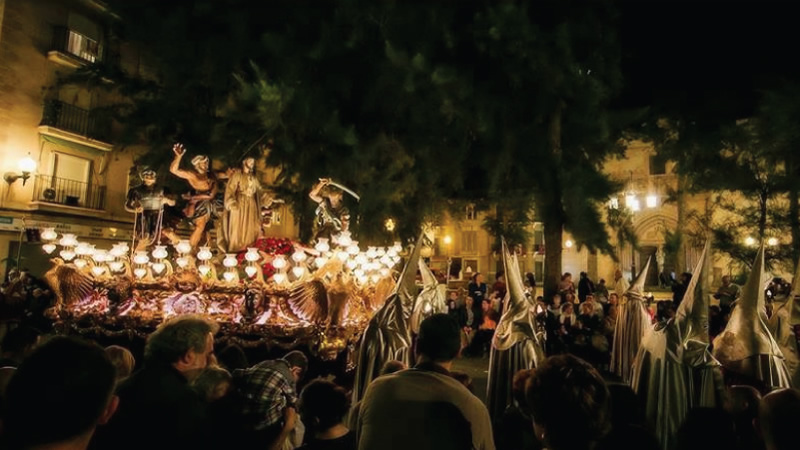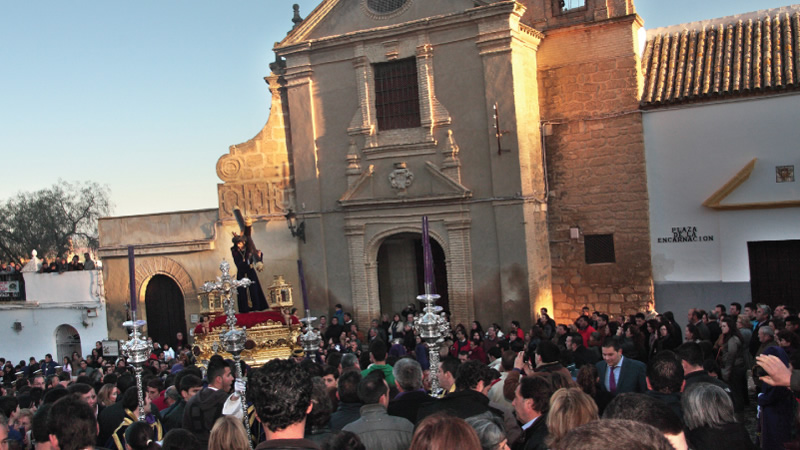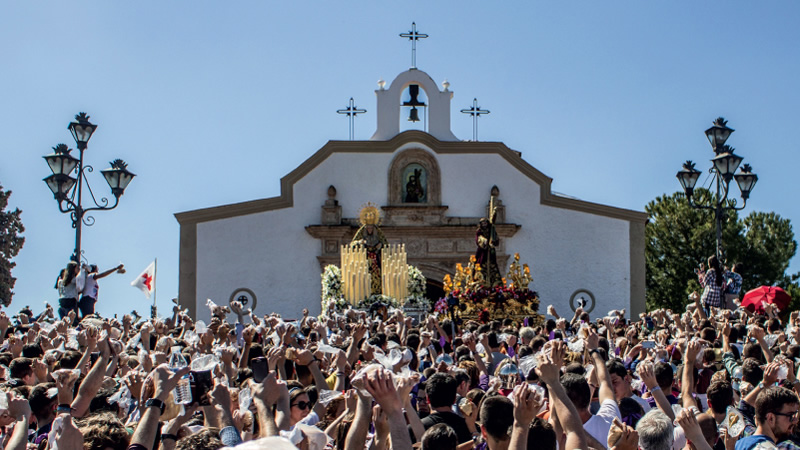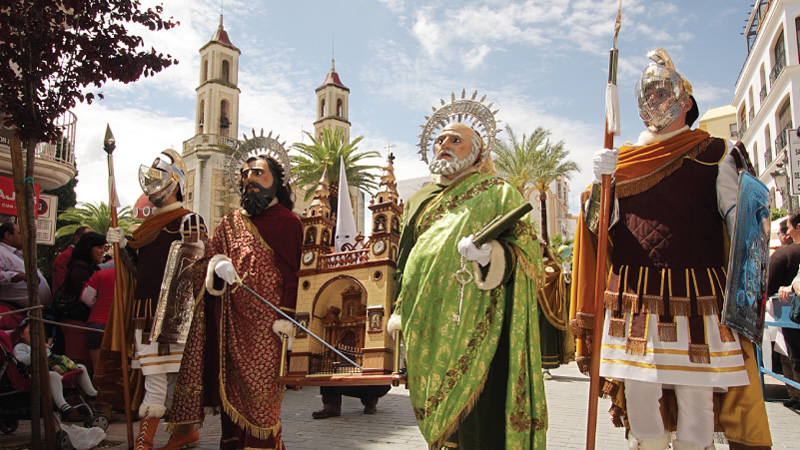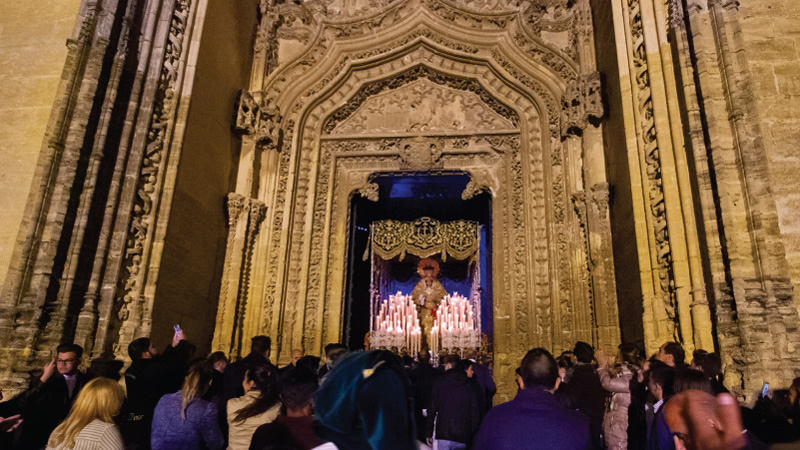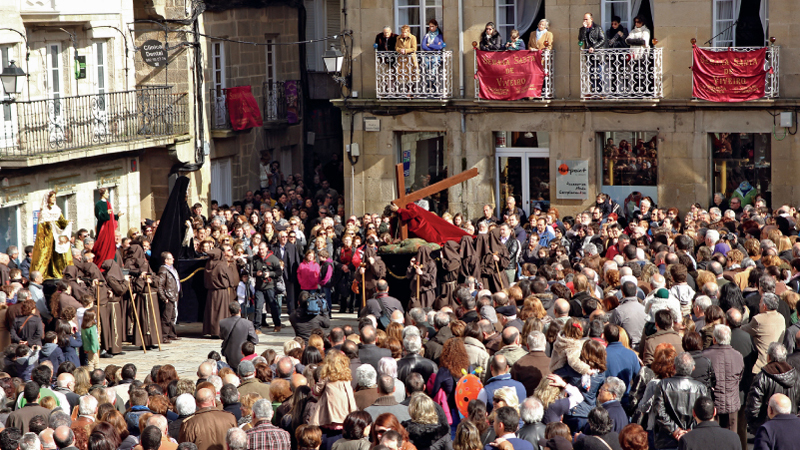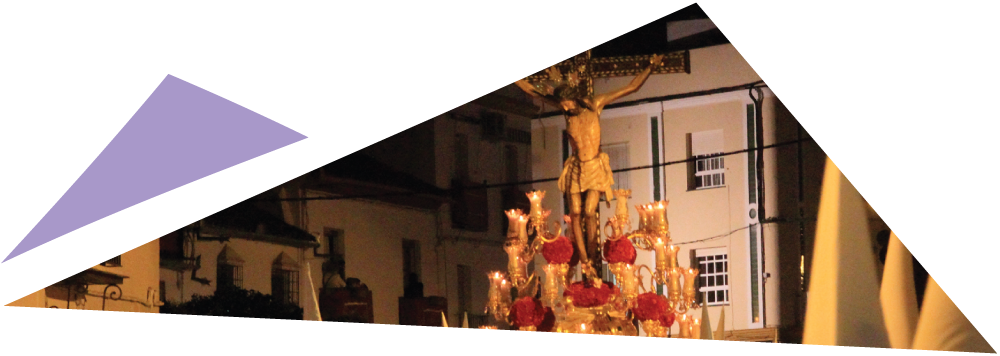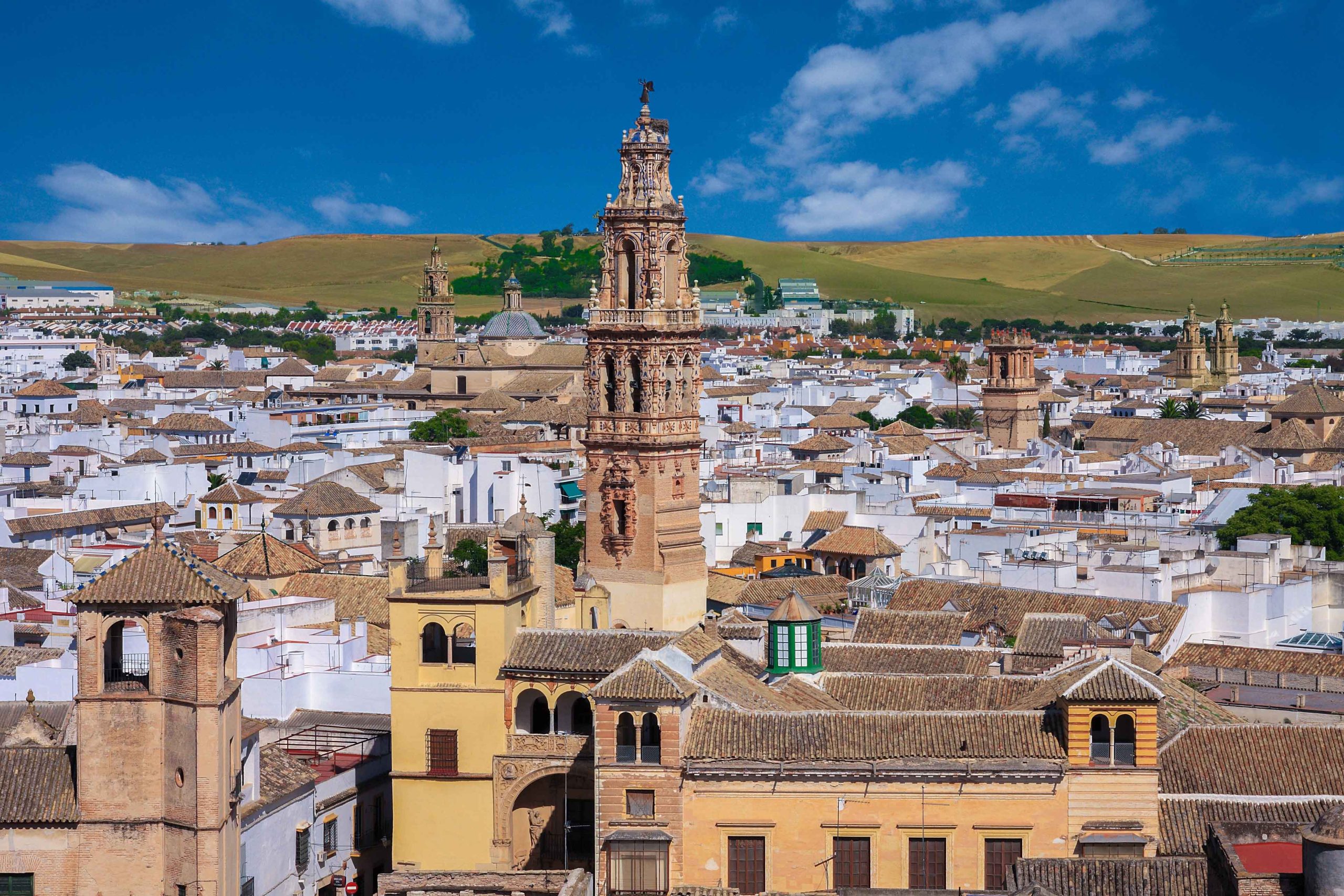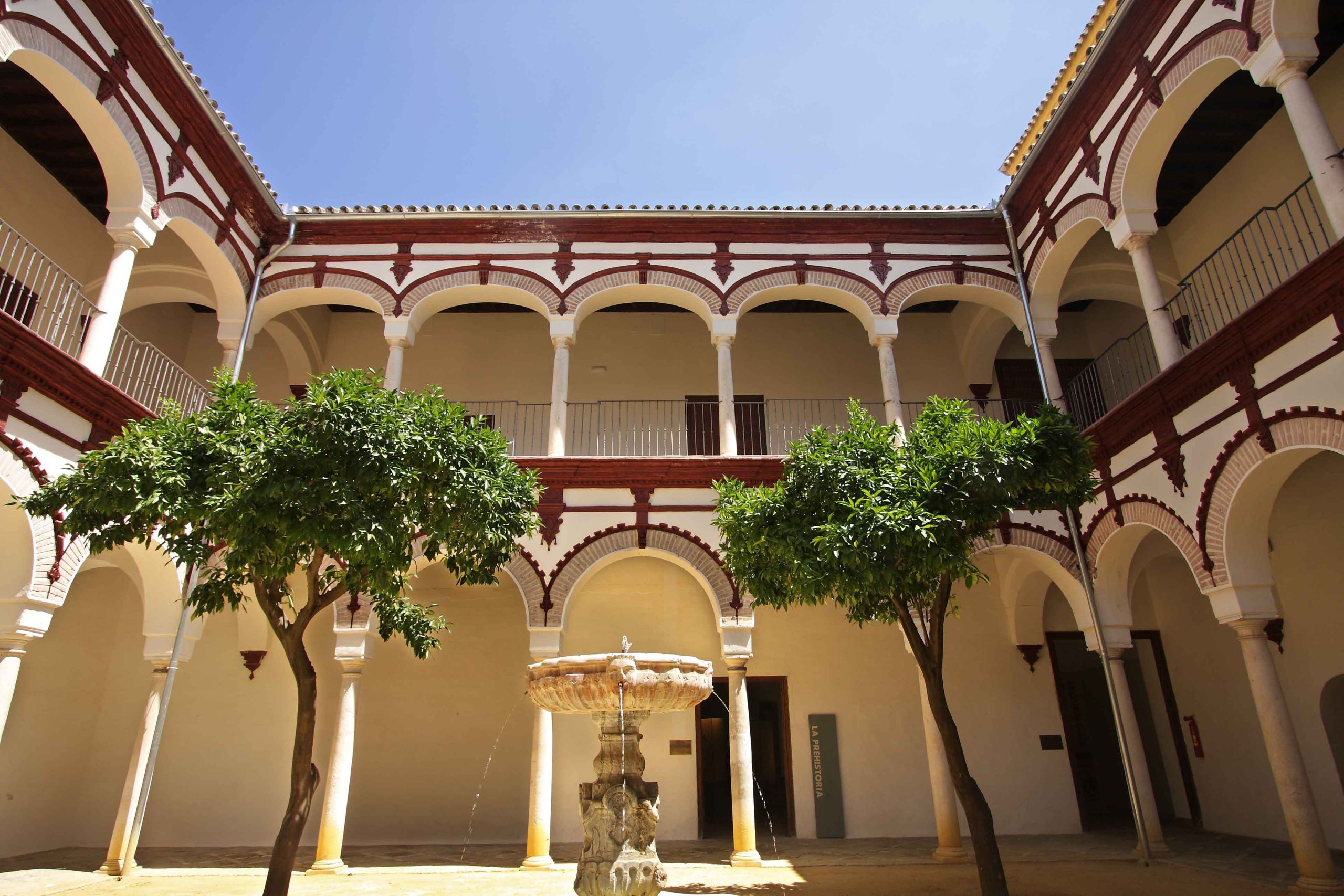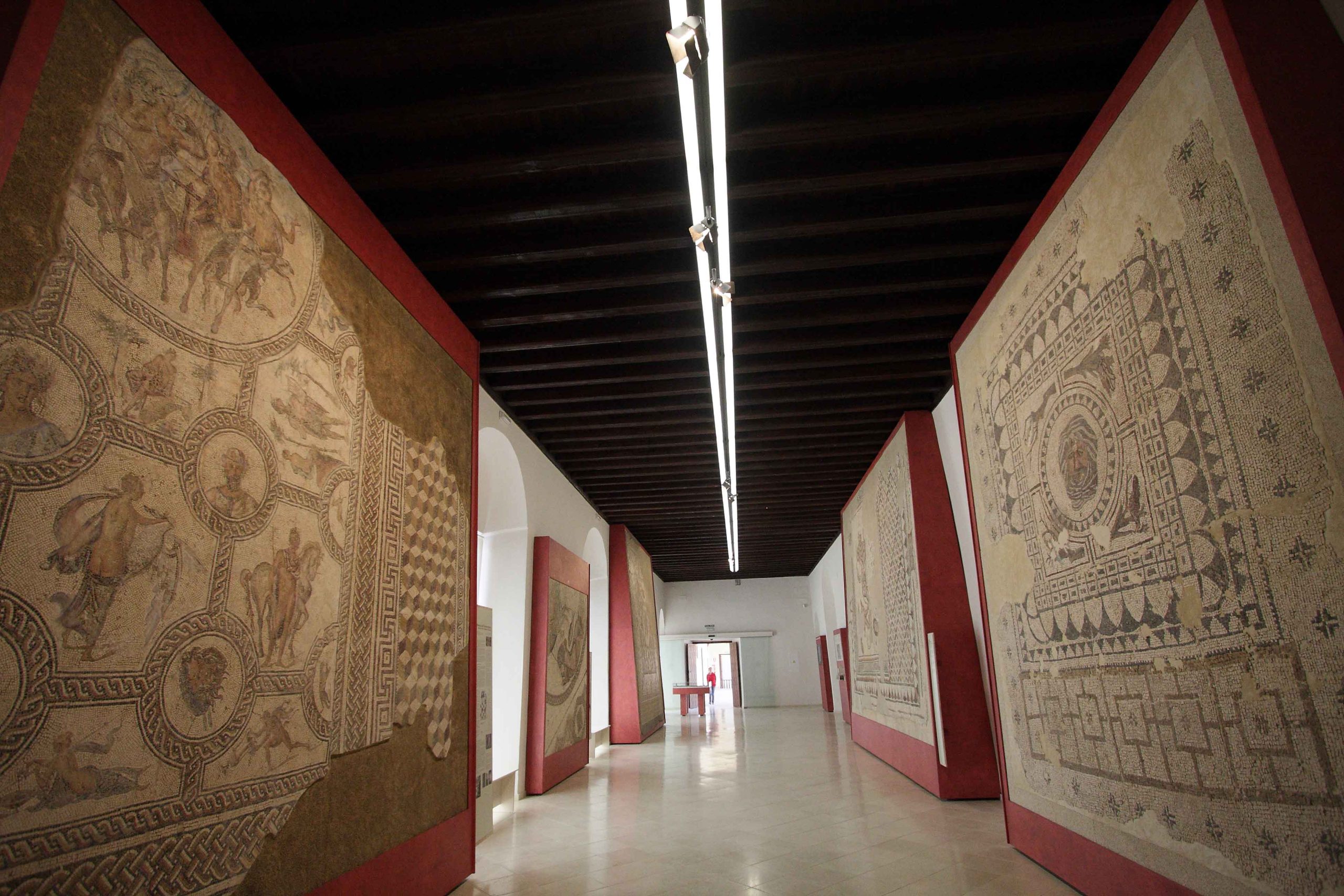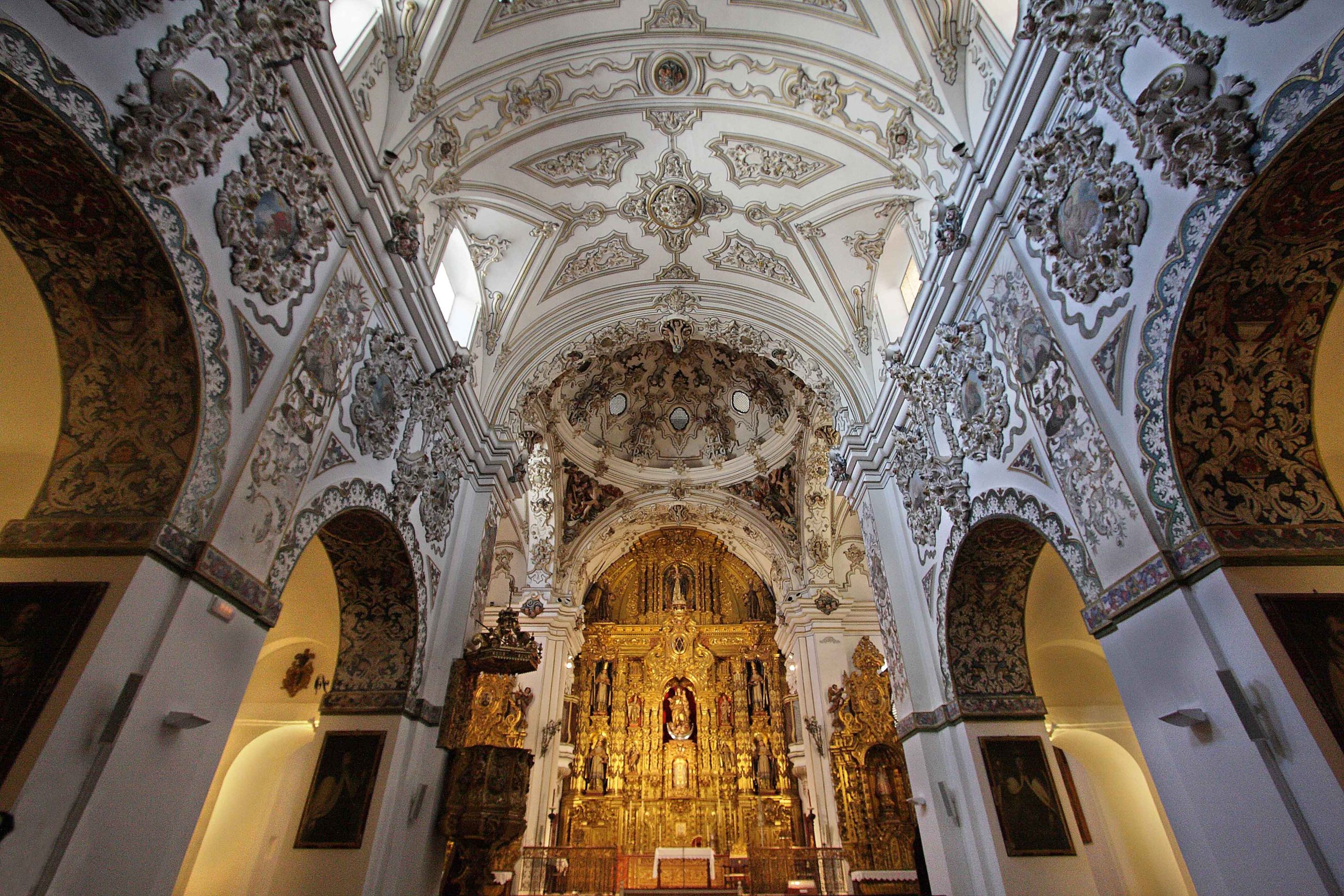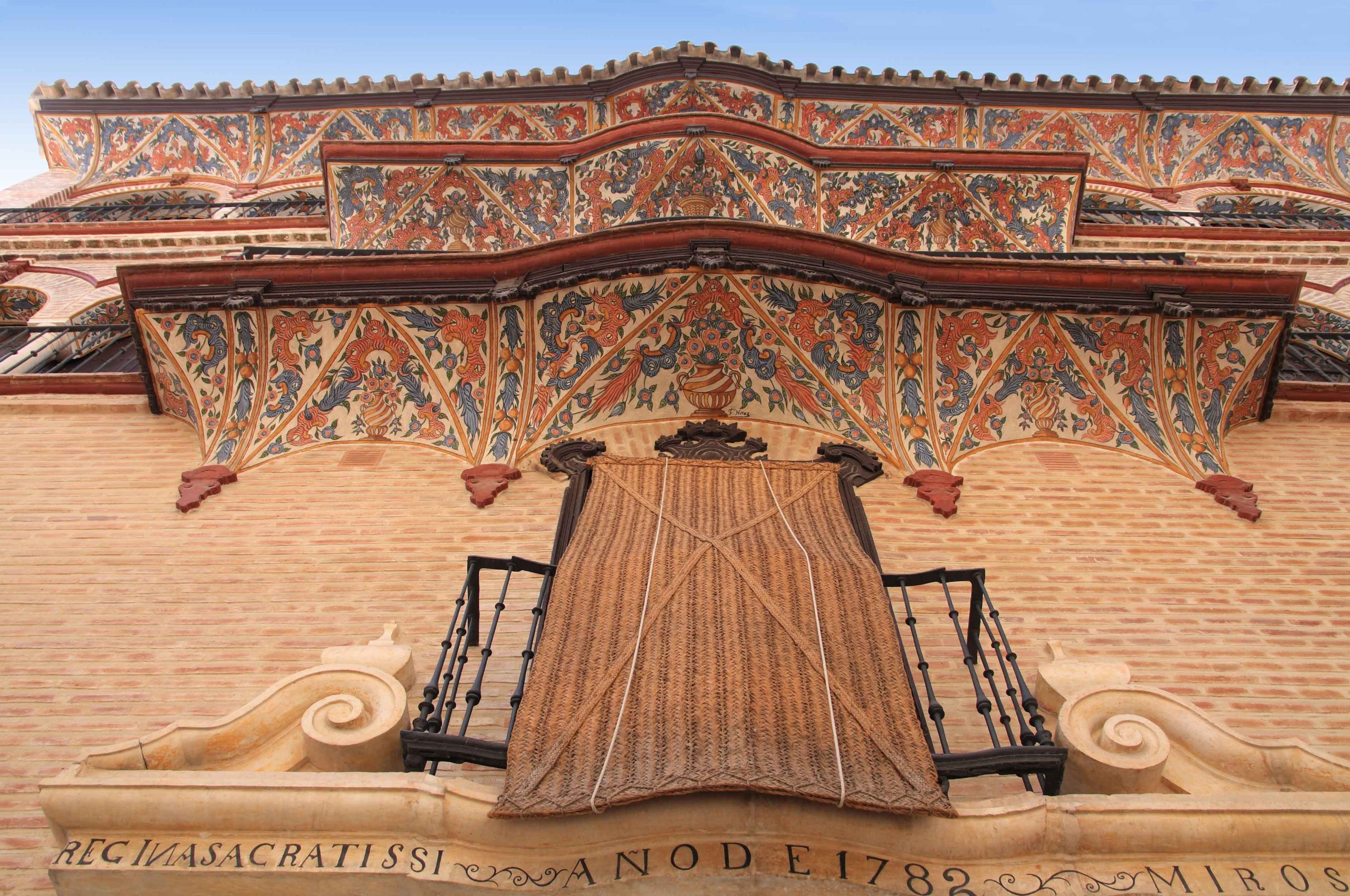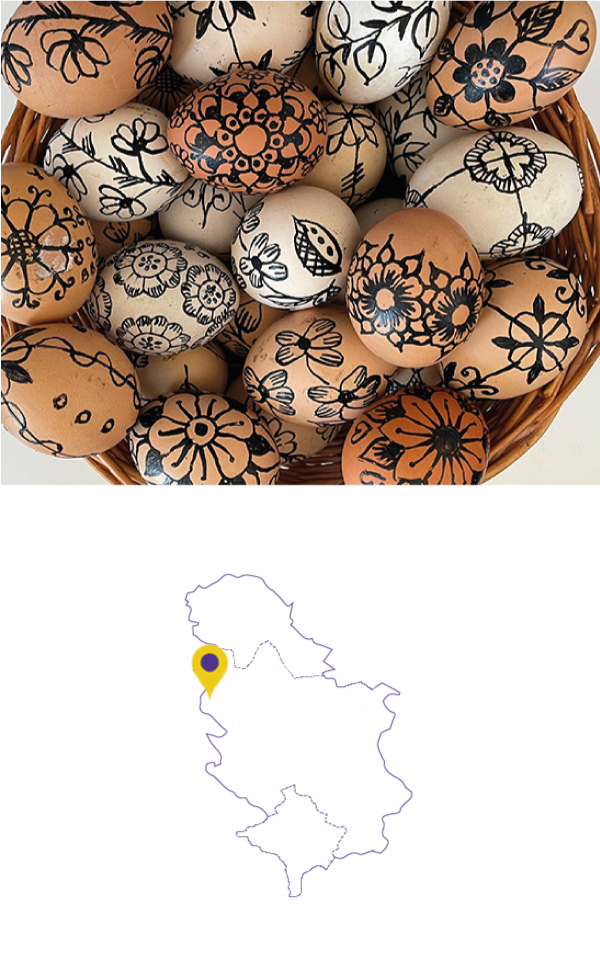Écija is a town in the province of Seville and autonomous community of Andalusia. It has a population of around 40,000 and an area of 976 km². Écija is known as the “town of towers and sunlight” and is considered one of Andalusia’s most important artistic centres, amazing visitors with its exceptional cultural heritage.
It is believed that Écija was founded in around the eighth century BC with the so-called Tartessian civilisation, but it was under Roman rule that it grew in importance. In the year 14 BC, the Romans founded the ‘Augusta Firma Astigi Colony’, which would convert it into a large town with paved streets and a bridge over which the Vía Agusta crossed the river Genil.
